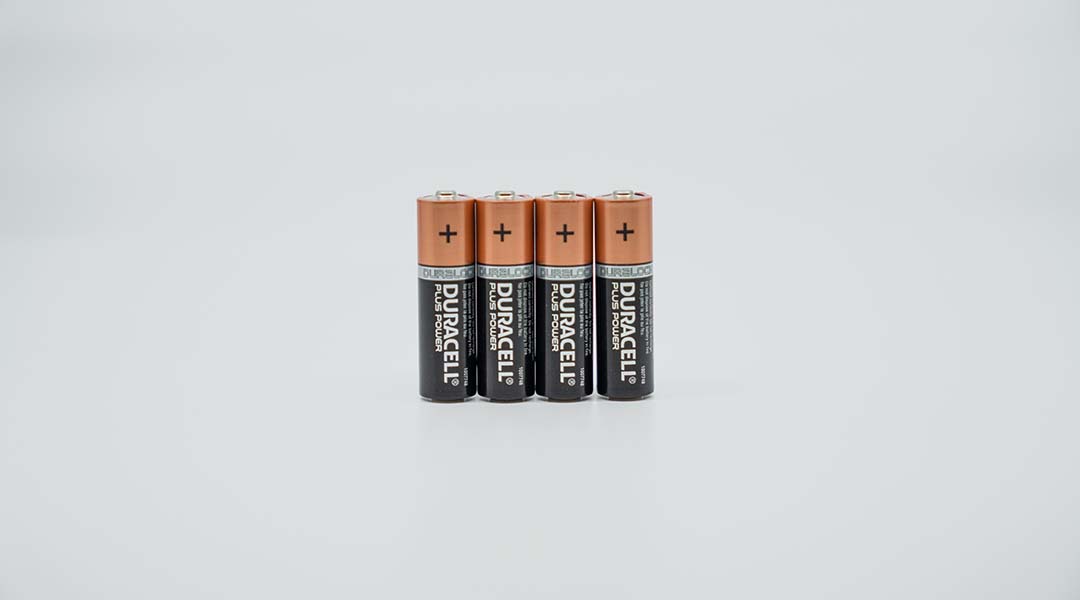The rising global uptake of electric vehicles and other clean technologies that can operate without the burning of fossil fuels has sparked a massive demand for rechargeable batteries.
Currently, the batteries most associated with electric vehicles are lithium-ion batteries, which use the reversible reduction of lithium ions to store and release energy, ass they are able to last longer than standard batteries. They are usually comprised of three main parts: a negative electrode called an anode made from lithium oxide, a positive electrode called a cathode made from a metal oxide, and an electrolyte made of lithium salt in an organic solvent through which ions flow between the electrodes, generating energy.
One issue with the increased need for lithium-ion batteries is the fact that the demand is outstripping supply. In 2021, the world produced 540,000 metric tonnes of lithium, but the World Economic Forum projects demand will exceed three million metric tonnes by 2030. That means that a worldwide lithium shortage could occur as soon as 2025, growing more extreme by the end of the decade, said Deutsche Bank’s director of lithium and clean tech equity research Corinne Blanchard to CNBC in August 2023.
The solution to this shortage could be identifying cheap and abundant chemicals that could serve as replacements for lithium in rechargeable batteries. Two possible elements that fit the bill are sodium and potassium yet significant challenges remain for these alternatives.
Providing a way forward
A paper published in the journal Advanced Energy Materials outlines the progress made thus far with sodium-ion and potassium-ion batteries in addition to suggesting ways forward and methods to overcome existing challenges.
“Sodium and potassium are highly abundant compared to lithium, and batteries based on them will relieve the society from the cost and supply chain challenges,” said Arumugam Manthiram, the paper’s corresponding author and University of Texas at Austin George T. and Gladys H. Abell Endowed Chair of Engineering.
“Batteries based on sodium and potassium are in their infancy and their long-term cycle life along with energy density need to be greatly improved through focused research and development to be competitive with the well-established lithium-ion battery technology.”
Manthiram explained that with their analysis, he and his fellow authors aimed to bring the scientific community up to date with the challenges and opportunities posed and offered by lithium-alternative batteries.
“The lithium-ion battery industry is concerned with the use of expensive and scarcely available metals, like cobalt,” he added. “In addition to replacing lithium, sodium-ion and potassium-ion batteries offer the advantage of being made with inexpensive metals, such as manganese and iron, so we wanted to discuss clearly the challenges associated with this advantage through our perspective article.”
Challenges to overcome
One of the main issues the authors identified as hindering the progress of sodium-ion and potassium-ion batteries arises from the fact that the cathodes employed in these batteries are hampered by multiple phase transitions — changes between one state such as solid, liquid, or gas, to another — during their charge and discharge phases. This limits both the durability of these batteries and reduces their overall lifecycle.
“Charging the cathodes accompanied by extraction of sodium ions causes changes in the electrostatic forces within the structure, resulting in irreversible phase transitions and loss of active sites,” Manthiram said. “These structural transformations coupled with high surface reactivity with the electrolyte leads to crack formation, which limits the batteries’ lifecycle.”
Manthiram and colleagues identified that this issue could be reduced by “tuning” the compositions of cathodes made of manganese and iron via doping — the intentional introduction of impurities, according to several papers they reviewed,or by modifying the surface of the cathode with other innovative approaches. The authors also suggest that less reactive electrolytes could be employed in the batteries to overcome some of the durability challenges they face.
In addition to suggesting ways to improve the durability and lifetimes of sodium-ion and potassium-ion batteries, the authors also suggested ways to tackle supply challenges for these batteries.
“If a sodium-based or potassium-based cathode were to employ a significant proportion of manganese in its chemical composition, the amount needed for battery production every year would be a significant fraction of the current global demand for manganese,” Manthiram added. “From this standpoint, it was surprising to see how important it is to use iron in these compositions.”
Suggesting ways to improve these batteries in the future, the team say scientists and engineers need to develop a clear understanding of reactions at the interface of the electrode and the electrolyte, something commonly studied for batteries, and specifically how this is affected by different salt and solvent combinations.
“Also, it will be critical to find a cathode composition for sodium-ion or potassium-ion batteries that can utilize iron redox activity without suffering from rapid degradation,” Manthiram concluded.
References: K. Sada., J. Darga., A. Manthiram., Challenges and Prospects of Sodium-Ion and Potassium-Ion Batteries for Mass Production, Advanced Energy Materials, (2023). DOI: 10.1002/aenm.202302321
K. Lei., Z. Zhu., Z. Yin., Dual Interphase Layers In Situ Formed on a Manganese-Based Oxide Cathode Enable Stable Potassium Storage, Chem, (2019). DOI: 10.1016/j.chempr.2019.10.008
J. Darga., J. Lamb., A. Manthiram., Industrialization of Layered Oxide Cathodes for Lithium-Ion and Sodium-Ion Batteries: A Comparative Perspective, Energy Technology, (2020). DOI: 10.1002/ente.202000723
Feature image credit: Claudio Schwarz on Unsplash














